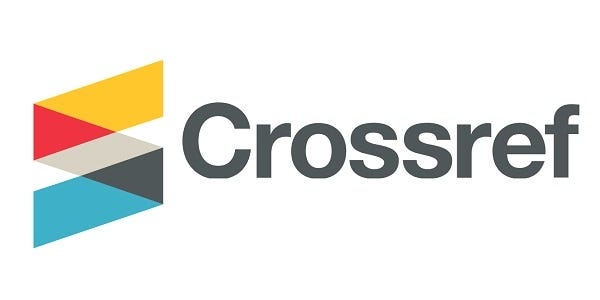An Analysis of Mood and Modality in Emma Watson’s Speech at the HeForShe Campaign
Keywords:
SFL, Mood, ModalityAbstract
This study analyzes the text of the speech Emma Watson gave during the launch of the ”HeForShe” campaign in New York, the United States. Based on Halliday's systemic functional linguistics approach and discourse analysis, this study. The researcher mainly analyzes Emma Watson's speech, which focused on several mood and modality types. From the mood structure analysis of interpersonal meaning, there are 72 subjects and 71 finites. While for residue elements, there are 66 predicators, 65 complements and 39 adjuncts consisting of 34 conjunctive adjuncts, 8 circumstantial adjuncts, and 2 mood adjuncts. The researcher discovered there are 90 declarative moods and 5 interrogative moods. Declarative is the mood type that dominates in the speech. The result of modality is about 44 modals in total. The modality types consist of 10 modals of low degree, 28 modals of medium/middle degree, and 6 modals of high degree. Watson tends to use a declarative mood that aims to provide information about something to the audience, about gender equality and how men should also be involved in the campaign. The researcher found that the dominant type of modality is middle degree modality. This means that the speaker delivers her speech with moderate politeness.







